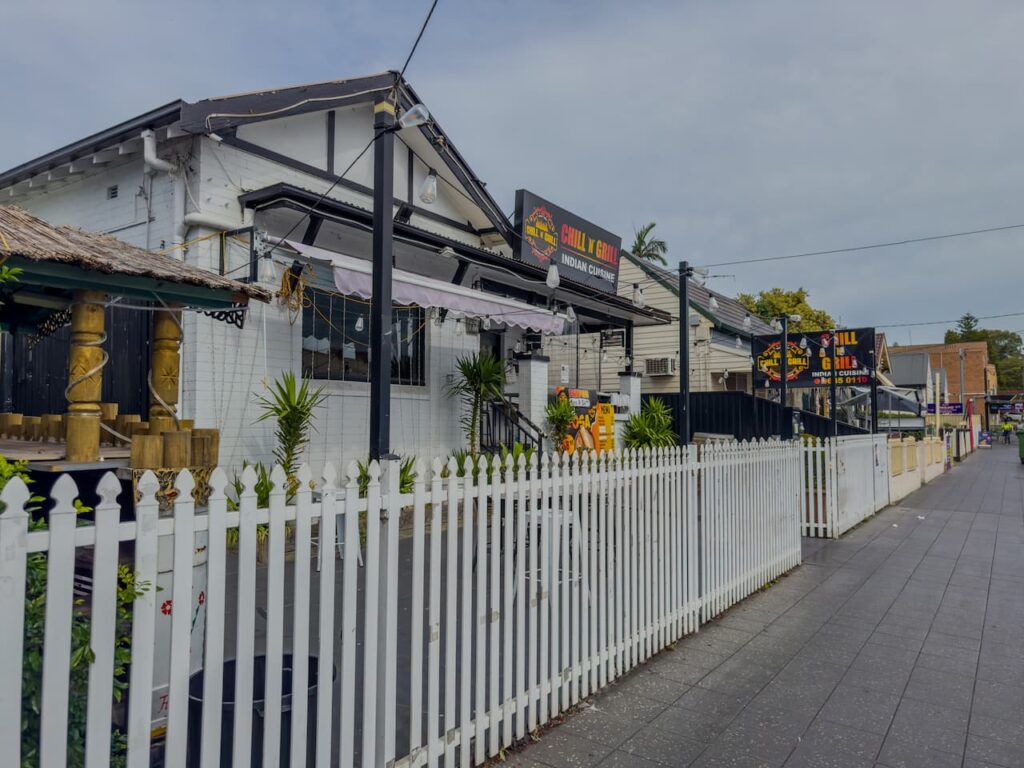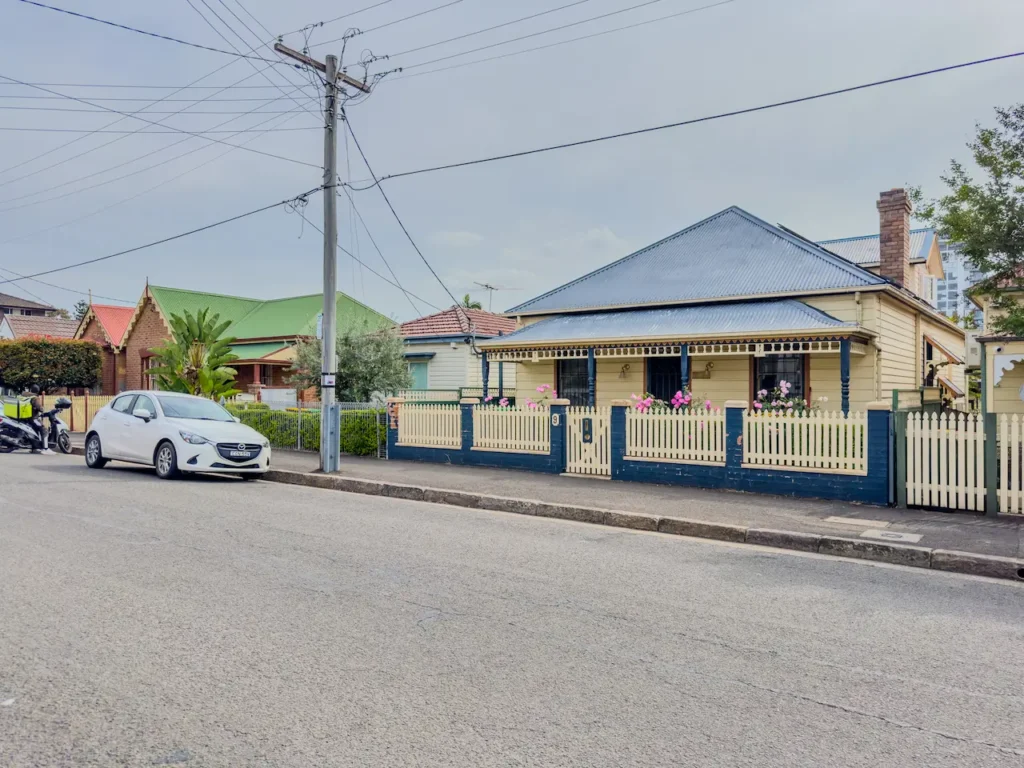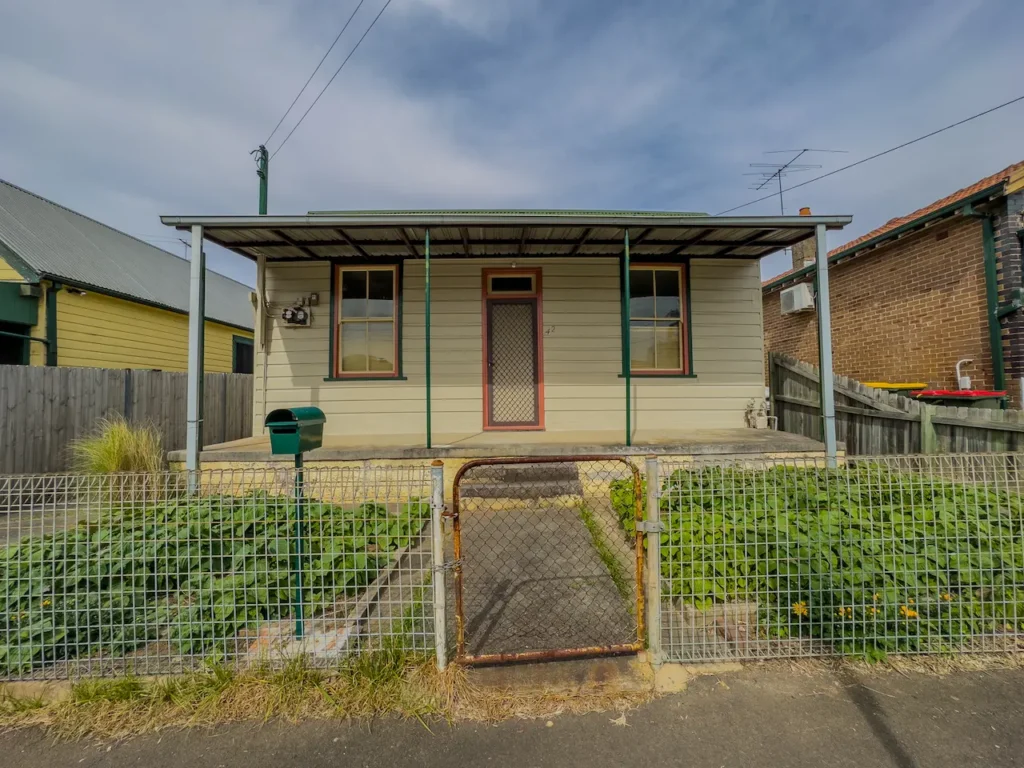Analyzing Sydney Suburbs High Rates of Loss in Property Sales
At RiskWise Property Research, our dedicated team specializes in analyzing the dynamic housing and investment markets, providing crucial insights and timely news that empower property owners and investors. As we closely monitor trends, we’ve identified a pressing issue affecting many Sydney suburbs: property owners selling at a loss. This report delves into specific neighborhoods, highlighting holding patterns, equity positions, and market dynamics that shape the current landscape, alongside historical context and future implications.
The Resilience of Berala
If you’re looking to buy a home in Berala, be prepared for a lengthy wait. Homeowners in this sought-after suburb are notoriously reluctant to sell once they settle in, resulting in an astonishing average holding period of 32.8 years—a full 10 years longer than the next suburb on the list, North Strathfield. This enduring commitment reflects the suburb’s appeal, characterized by strong community ties, excellent schools, and convenient transport options.
Doron Peleg, CEO of RiskWise Property Research, points out that such extended holding periods often indicate that a suburb offers exceptional benefits for its residents. “When people find a place that meets their needs—be it community, location, or amenities—they simply don’t want to leave,” he explains. In Berala, the median house price stands at $1,061,383, with an impressive three-year capital growth rate of 25.3%. Home equity in the suburb is also notable, with a median equity value of $661,988, showcasing a remarkable equity gain of 180.1%.
Berala’s strategic location plays a crucial role in its desirability. Situated approximately 20 kilometers from Sydney’s CBD, it provides easy access to the city while offering a suburban lifestyle. The suburb is well-served by public transport, including trains along the Bankstown Railway Line, making commuting straightforward for residents.

The Appeal of North Strathfield and Enfield
North Strathfield, located just 15 km from Sydney’s CBD, ranks high on the list of desirable suburbs as well. With a median house price of $1,986,122 and a remarkable three-year capital growth of 51.8%, it offers robust equity opportunities, boasting a median equity of $1,293,063 and an equity gain percentage of 214.9%. The suburb benefits from excellent transport links, including regular train services to the city and other employment hubs, making it an attractive option for professionals.
The educational options in North Strathfield are a significant draw, particularly the prestigious McDonald College, which ranks highly in the Australian Independent Schools (AIS) listings. This, coupled with nearby top-ranking schools, positions North Strathfield as a prime location for families. The combination of educational excellence and convenient transport options creates a strong demand for properties in this area, further contributing to its long holding periods.
Enfield, another inner-west suburb, is even closer to the CBD at just 11 km away. It features a median house price of $1,612,250, with a capital growth of 51.3% over the past three years. The average holding period in Enfield is 21.2 years, demonstrating its status as a stable investment location. Enfield is also characterized by a diverse community and a variety of amenities, including parks, shopping centers, and educational institutions, all of which enhance its appeal to potential buyers.
Auburn and Waitara: Growing Markets
Auburn and Waitara round out the top five suburbs with extended holding periods, averaging 19.9 and 19.7 years, respectively. Auburn’s median house price of $959,175 has seen a three-year capital growth of 18.2%, while Waitara, with a median price of $1,337,620, has experienced more modest growth at 7.4%. Despite the slower capital growth in Waitara, its high equity value of $811,786 and 137.5% equity gain indicate significant investment potential.
Auburn’s central location provides easy access to key employment and shopping hubs, making it attractive for a diverse range of buyers, including families and young professionals. The suburb boasts numerous educational facilities, parks, and recreational areas, further enhancing its liveability. The recent development of infrastructure projects has also improved accessibility and amenities, which are expected to contribute to future growth.
Waitara, situated in Sydney’s Upper North Shore, is also known for its low crime rates and family-friendly atmosphere. It features a mix of established homes and newer developments, appealing to various demographics. The suburb’s proximity to quality schools, parks, and transport links to the CBD adds to its desirability.
A Broader Market Perspective
While many suburbs exhibit strong equity positions and long holding periods, the broader Sydney market reveals a concerning trend: more than one in five properties sold in certain areas incurred losses during the December quarter. Strathfield LGA led the pack with 23.8% of properties sold at a loss, followed closely by Burwood (23.2%), Parramatta (22.4%), Botany Bay (21%), and Ryde (20.2%). This disparity highlights the complexities of the Sydney housing market, where performance can vary dramatically from one suburb to another.
Despite this alarming statistic, the overall sentiment is improving. A staggering 94% of sales across Australia yielded profits in the same quarter, reflecting a resilient market. In Sydney, 91.9% of sales were profitable, indicating that many homeowners continue to benefit from long-term property investments. This resilience can largely be attributed to the overall growth trajectory of the market, even amid localized downturns.
Market Dynamics: The Influence of Property Type
The likelihood of incurring a loss largely depends on the type of property. While many apartment owners face challenges, nearby houses typically maintain their value. In areas with high-density housing, such as Strathfield, the report shows a stark contrast: while 25.7% of unit sales resulted in losses, no house sales experienced the same fate. This disparity underscores the importance of property type when assessing market performance.
CoreLogic’s research director, Tim Lawless, notes that most homeowners have weathered the pandemic growth period and are likely to sell their properties for more than they originally paid. He highlights that the emotional aspect of property ownership affects investors differently; they often make more pragmatic decisions compared to homeowners. “Generally, we find investors are more willing to incur a loss on their resales simply because you remove the emotion from the decision,” Lawless explains.
The higher rates of loss-making sales in areas with a significant number of apartments can be linked to the oversupply of units in those neighborhoods. In contrast, detached houses maintain a higher scarcity value, contributing to their capital growth and stability. Areas like Strathfield, Botany Bay, and Parramatta may experience high unit losses but report minimal or zero losses on house sales.

Supply and Demand: The Key to Investment Success
Rich Harvey, a buyer’s agent, emphasizes the importance of understanding supply and demand dynamics in property investment. Areas experiencing high levels of new apartment construction, such as Parramatta, often face a mismatch between supply and demand, leading to loss-making sales. “To achieve significant capital growth, investors should target properties with relative scarcity,” he advises, suggesting that smaller boutique apartments in well-positioned locations may yield better returns.
The potential oversupply of units in certain suburbs could lead to stagnation or decline in property values, impacting overall market sentiment. Areas where height limits have been increased and new apartment developments are abundant may not be ideal for long-term capital growth. Instead, investors should consider properties that are likely to appreciate over time due to limited availability and sustained demand.
The Historical Context of Housing Policy
Understanding the current housing landscape also requires a look back at historical trends and government policies. Over the decades, Australian housing policy has evolved in response to economic conditions, population growth, and societal needs. Since the 1940s, various governments have introduced initiatives aimed at improving housing affordability and accessibility.
Historically, initiatives such as the Commonwealth-State Housing Agreement (CSHA) established in 1945 aimed to address housing shortages and provide secure accommodation. This agreement laid the groundwork for social housing policies and the development of programs designed to assist low-income households. More recently, the National Housing and Homelessness Agreement (NHHA), implemented in 2018, has sought to enhance access to affordable housing and support services across Australia.
These policies reflect a broader recognition of the need for a coordinated approach to housing supply, affordability, and infrastructure investment. With ongoing discussions about housing reform and policy updates, understanding these historical contexts becomes crucial for making informed decisions in the current market.
Economic Factors Influencing the Market
The Sydney housing market does not operate in isolation; it is deeply influenced by broader economic factors, including interest rates, employment levels, and demographic shifts. Rising interest rates, for example, can significantly impact housing affordability and demand. When interest rates increase, the cost of borrowing rises, making it more challenging for prospective buyers to enter the market or maintain their current mortgages.
Additionally, fluctuations in employment levels can affect buyer confidence. A strong job market tends to bolster housing demand, while economic uncertainty can lead to hesitation among potential buyers. Recent labor market trends indicate a recovery in employment rates post-pandemic, which may contribute to renewed interest in property purchases.
Demographic shifts, particularly population growth and urbanization, also play a crucial role in shaping the housing market. As more people move to Sydney for work or lifestyle reasons, the demand for housing continues to rise. This urban influx can create pressure on the housing supply, especially in desirable suburbs where holding periods are already long.
Future Housing Developments and Infrastructure Projects
Looking ahead, several planned housing developments and infrastructure projects are set to influence the Sydney property landscape
. Initiatives aimed at improving public transport, enhancing connectivity, and creating new housing options will play a vital role in shaping market trends.
For instance, the Sydney Metro project, which aims to expand the city’s transport network, is expected to increase accessibility to previously underserved suburbs. Improved transport links can enhance the appeal of these areas, potentially leading to increased property values and investment opportunities.
Moreover, ongoing discussions about zoning reforms and land use policies may also influence housing supply in the future. Striking a balance between development and preserving community character is a challenge that local governments face, making ongoing dialogue between stakeholders essential.

Conclusion: Navigating Sydney’s Property Landscape
In conclusion, the Sydney property market presents a complex yet promising landscape for both homebuyers and investors. The extended holding periods in suburbs like Berala, North Strathfield, and Enfield highlight the appeal of these areas, driven by strong community ties, excellent schools, and convenient transport options. While some neighborhoods experience higher rates of loss-making sales, the broader market remains resilient, with the majority of property transactions yielding profits.
As investors navigate this intricate landscape, understanding local market dynamics, property types, and economic factors will be crucial for making informed decisions. By leveraging the insights provided by RiskWise Property Research, property owners and investors can position themselves strategically, ensuring they capitalize on the opportunities that Sydney’s vibrant property market has to offer.
At RiskWise Property Research, we remain committed to delivering thorough analyses and up-to-date information that empower our clients. Whether you’re a first-time buyer or a seasoned investor, staying informed about market trends and adapting to changes will be key to achieving success in Sydney’s competitive property landscape.

